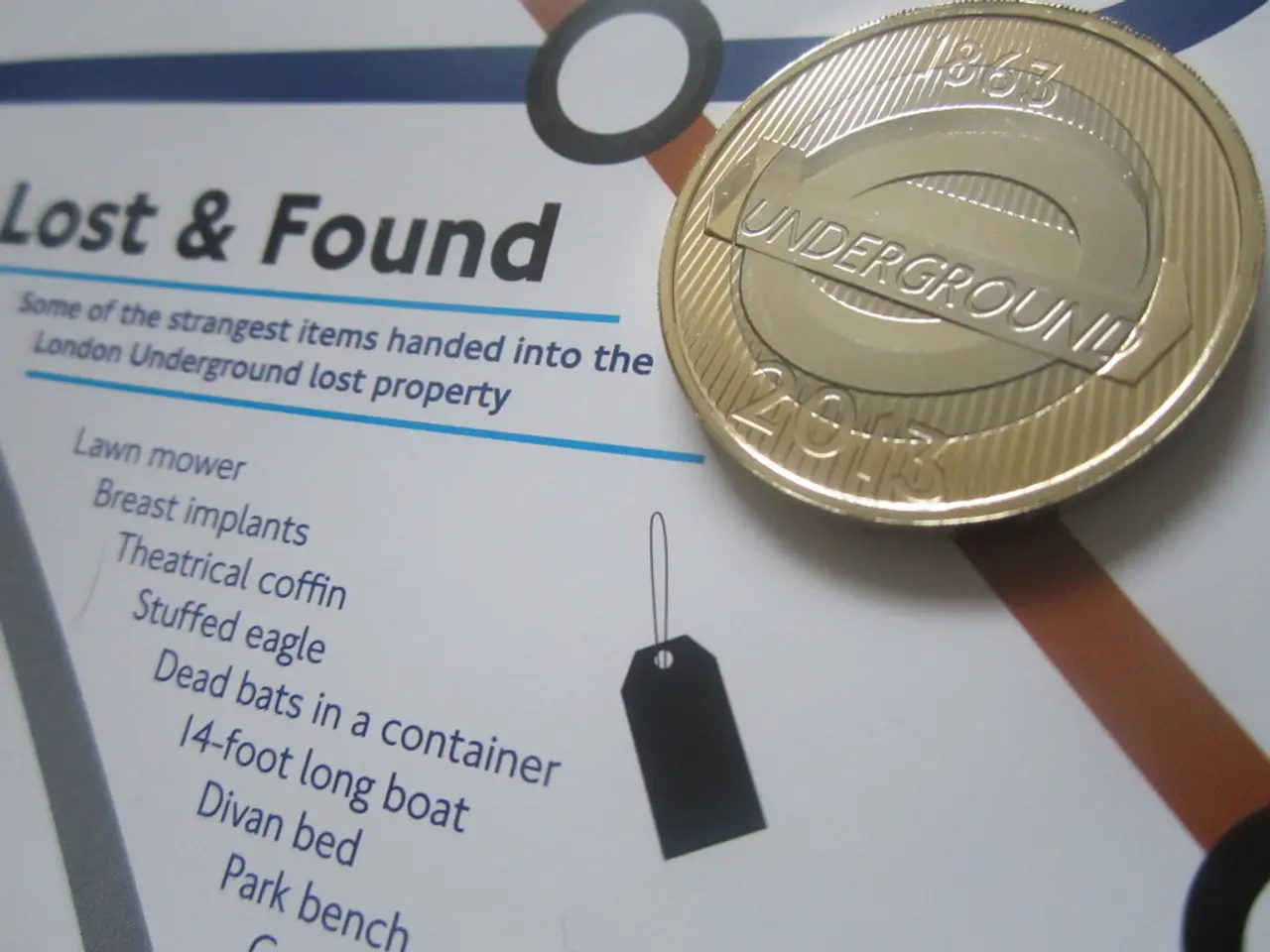Anticipated Assessment on Ruble's Future by Financial Specialists
The Russian ruble has seen a substantial appreciation earlier in 2025, primarily due to capital controls, high interest rates, and a robust trade surplus. However, a series of factors pose significant downside risks to the ruble's exchange rate going forward.
Ongoing sanctions and increasing restrictions by the US and EU continue to limit Russia's access to global financial markets and reduce foreign currency inflows. This weakens the artificial demand for rubles, which has been propping up its value. Additionally, declines in energy exports and revenues, especially from oil, have created budget deficits, as global energy prices remain below the budget assumptions. Since energy exports contribute about 30% of Russia’s federal budget, their reduction threatens economic stability and the ruble’s support.
Economic stagnation and stagflation risks also pose a threat. Russia faces contracting GDP growth and high inflation, with tightened monetary policy and military spending crowding out civilian sectors. This fragile economic environment increases exchange rate volatility.
Interest rate cuts by the Bank of Russia may reduce demand for ruble assets as their yield attractiveness diminishes, which could weaken the ruble. Seasonal factors and rising imports ahead of the New Year increase foreign currency demand, which could destabilise investment and trade activities if the ruble weakens or volatility rises sharply.
Moreover, the mismatch between budget expectations and the current stronger ruble combined with low commodity prices causes fiscal strain, potentially forcing policy adjustments that could affect the ruble. Given the current gap between inflation and deposit rates, it is likely that deposit rates will remain relatively high for some time, covering inflation at least the official one.
Analysts at "Finam" predict the dollar to trade at 93-95 rubles, the euro to 100-105 rubles, and the yuan to 11.50-11.75 rubles by the end of 2025. Yulia Marinis advises creating a portfolio of a mix of currency bonds and OFZs as an opportunity to profit from both the dynamics of the rate and the weakening of the ruble when it begins.
Mortgages could become more attractive again if the key rate falls to the 7.5-8% range, according to Yuri Eidinov, Director of Retail Business at "Cyfra Bank". However, the main risk to deposit yields is a scenario where inflation declines slowly or stays at its current level, while the Central Bank continues to ease monetary policy, leading to lower lending rates.
The geopolitical factor could significantly impact the currency market. The third round of talks between Russia and Ukraine did not yield any breakthroughs, and a more serious challenge awaits in early September when the 50-day deadline set by US President Donald Trump for Russia to demonstrate progress towards peace in Ukraine expires.
As of July 25, average market mortgage rates at leading Russian banks were around 24.5%, following a two percentage point drop after the Central Bank’s June meeting. Yuri Eidinov recommends considering alternative savings instruments, particularly on the stock market, for clients cautious about the stock market.
Mikhail Slutsky, director of "Audit", representing AO "Finam" in Yekaterinburg, suggests that current levels of the dollar rate could be attractive for long-term buyers, as factors of weakness currently outweigh those of strength. However, he emphasises that a high central bank rate is not always a guarantee of a strong ruble. The factor of physical persons and large players such as banks and importers' interest in buying foreign currency also remains unaccounted for and unpredictable.
Investments in real estate require substantial financial resources and are primarily focused on long-term investments. If new US sanctions targeting Russian oil buyers are imposed, the ruble could face significant pressure. Yulia Marinchik, an investment advisor at Wealth IQ, predicts the dollar rate to stay in the 79-82 range for August, but expects the ruble to weaken to 90-95 per dollar by the end of 2025 due to several factors.
- Ongoing sanctions and restrictions by the US and EU limit Russia's access to global financial markets, which weakens the artificial demand for rubles, potentially causing the ruble's value to depreciate.
- Economical stagnation, stagflation risks, and declining energy exports increase exchange rate volatility for the ruble, making it vulnerable to depreciation and weakening against major currencies such as the dollar and the euro.




